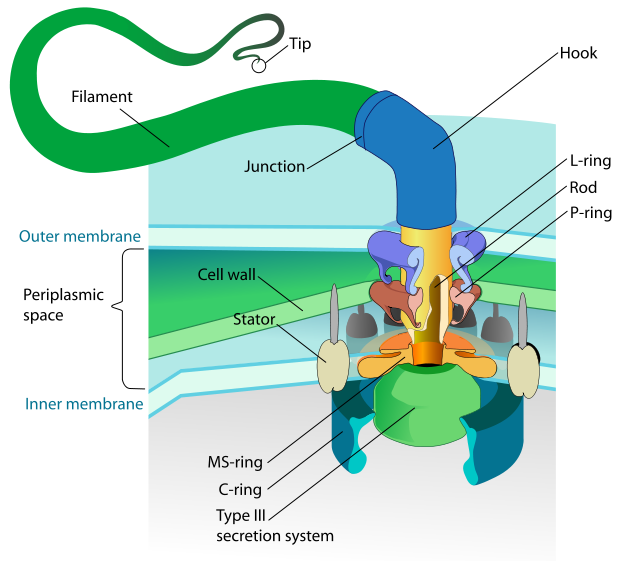Adaptation: How has C. jejuni adapted to fit its environment?
Microaerophilic- these bacteria require oxygen for survival (use oxygen as final electron acceptor), but can not survive in environments containing levels of oxygen that are present in the atmosphere. Atmospheric oxygen levels are about 20% and about 5% is what is needed for optimal growth.
Thermophilic- organisms thrive at relatively high temperatures possessing enzymes that are functional as the temperature rises, C. jejuni are moderate thermophiles who prefer environments at about 107 degrees Fahrenheit.
These two characteristics are critical in this organisms survival in the intestines of warm-blooded birds and mammals because they match the environments oxygen levels and temperature perfectly.
How does it sense environmental stimuli?
Chemotaxis- movement of an organism toward or away from a chemical stimulus. C. jejuni have been found to move toward the chemical stimulus mucin, a glycoprotein that is an element of mucus that is secreted from epithelial cells found inside the digestive tract.
How does it move toward the stimulus?
Gram-negative flagellum: Wikimedia Commons
Campylobacter jejuni is highly motile with its use of a single polar flagellum. This long, thin projection coming from the cell body functions as a propellar allowing the bacteria to efficiently swim across a substrate.
This flagellum also has a more sinister purpose, lets go next to Pathology
